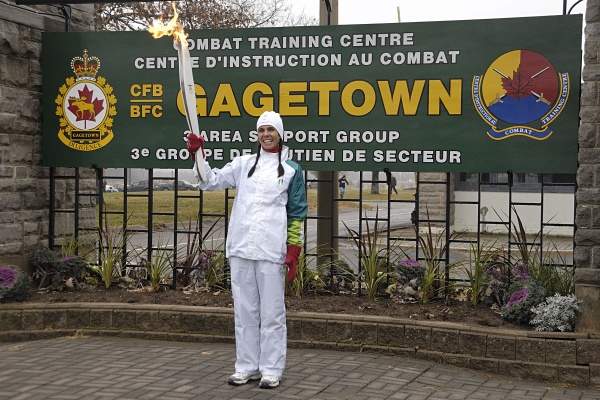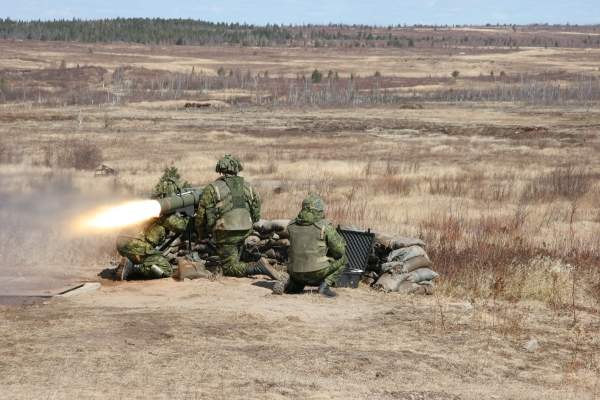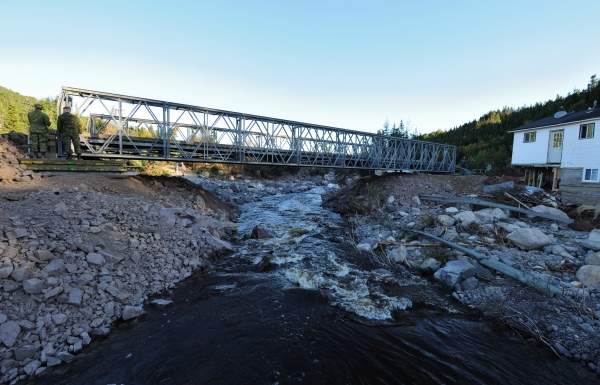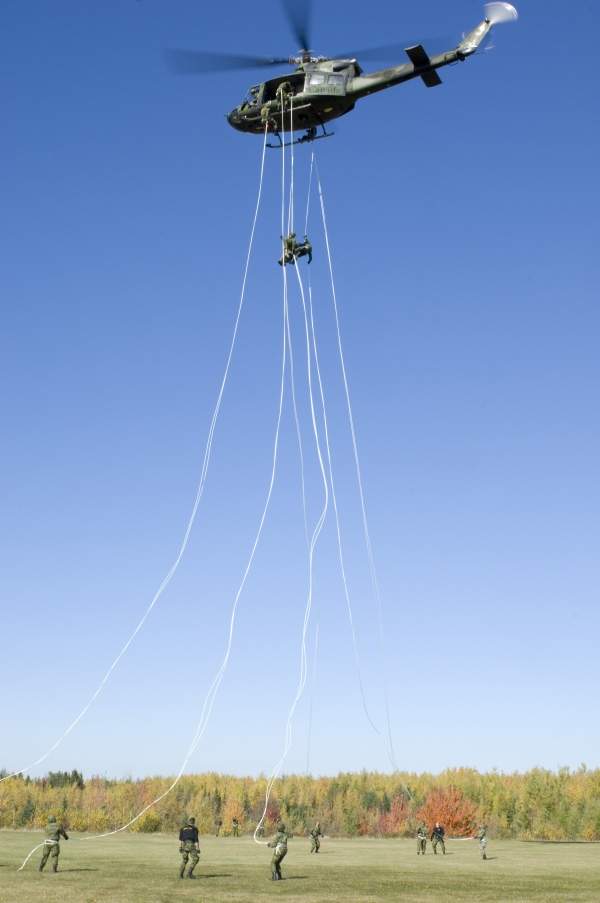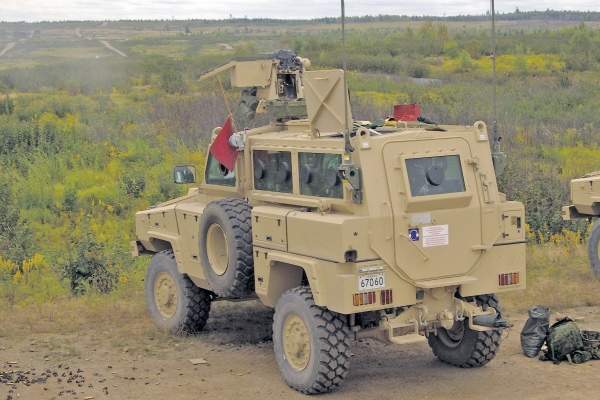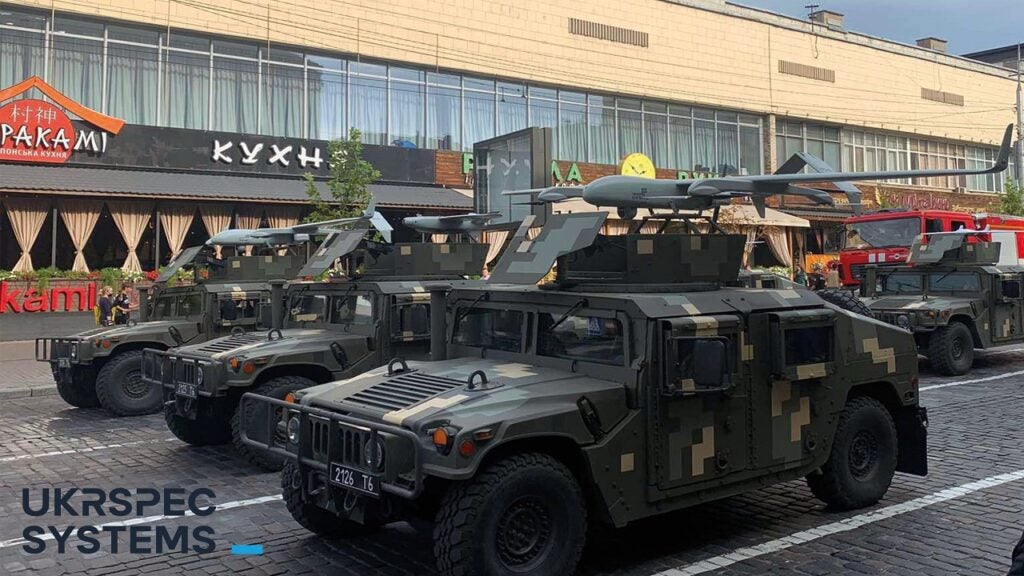Canadian Forces Base Gagetown (CFB Gagetown) is located in the province of New Brunswick in eastern Canada. Opened as a training facility in 1958, CFB Gagetown is the second largest military base in the country.
The base occupies 1,100km2 and houses about 4,500 military and 1,500 civilian personnel. It is the second largest public sector employer in New Brunswick, the first being the province itself.
CFB Gagetown location
CFB Gagetown is located in southwest New Brunswick between the cities of St John and Fredericton. The base is surrounded by the towns of Oromocto in the north and Welsford in the south, and the St. John River in the east and the Oromocto River in the west.
The village of Gagetown, after which the base has been named, is 25km away from the base.
The site was chosen for the location of the base as it is nearer to an all-weather port and has well connected railway lines.
History of Camp Gagetown
Canada realised the need for expanding its peacetime army to division-size in 1950. It also required a training facility in eastern Canada for its troops on UN missions.
The decision to establish a permanent base and training centre in the current location was announced in 1952 and construction on the base began a year later. Camp Gagetown had its first large-scale exercise in 1954 with the 3rd Canadian Infantry Brigade training there for six weeks.
The first complete formation exercise in Canada was carried out at the base in 1955 by the 1st Canadian Division.
The 3rd Canadian Infantry Brigade, which was the parent formation at the base, was decided to be disbanded in November 1969. The combat training centre (CTC) was formed in its place. The CTC included the Combat Arms School.
Tactics School and the Canadian Forces School of Military Engineering were subsequently added to the Gagetown base.
CFB Gagetown garrison
The main garrison of the base is located in Oromocto. The employees of the base and their families form a major part of the 10,000 residents of the town.
The base has two key components – the Combat Training Centre and the 3 Area Support Group (3ASG). The CTC comprises schools of Armour, Artillery, Infantry (jointly the Combat Arms School), Tactics and the Canadian Forces School of Military Engineering.
The 3ASG overlooks the housing, food and general repair facilities at the base and its lodger units.
In addition to the training facilities, the base has four operational units: 2nd Battalion, the Royal Canadian Regiment, 4 Air Defence Regiment, 4 Engineer Support Regiment and 403 Operational (Helicopter) Training Squadron.
It also houses the Joint Meteorological Centre, the Land Force Trials and Evaluation Unit, the Land Force Atlantic Area Training Centre and the Argonaut Army Cadet Summer Training Centre.
Infrastructure and facilities at the New Brunswick-based Gagetown Base
CFB Gagetown has 1,500km of roads and 900km of railway tracks. It has 740 buildings and lodger units across New Brunswick and Prince Edward Island, a maritime province to the east of New Brunswick.
The base’s personnel facilities include a chapel, CANEX retail service, a fitness and recreation centre, deployment support centre, emergency and health services, a post office, Military Family Resource Center and New Brunswick Military History Museum.
In addition to 3ASG, 42 Health Services, 1 Dental Unit and the Joint Personnel Support Unit provide support services to the personnel.
Expansion and upgrades at the Canada’s second largest base
A 21,000m2 garrison facility was built for the 2nd Royal Canadian Regiment (2RCR) replacing its 14 older buildings. AMEC, a project management and engineering services company, designed the building. Two contracts for the construction of the building were awarded in November 2003.
New Brunswick-based Maxim 2000 was awarded a contract worth C$3.5m to construct one of the two buildings, while Pomerleau won the C$719,000 site services contract.
Maxim 2000 was also given a C$17.2m contract in September 2005 for the construction of a single quarters facility for personnel training. The four-floor building has 247 rooms. It was opened in 2006.
In 2005, it was decided to replace the old underground infrastructure, under a utility tunnel upgrade project. AMEC was awarded a C$1.7m contract to design the new infrastructure. The upgrade project was worth C$55m and was completed in five phases.
Three infrastructure projects worth C$20m were announced in September 2009. They included the extension of the Health Services Centre and the construction of a training facility for CTC’s light armoured vehicle (LAV) III and a forward operating bivouac.
The Health Services Centre was extended to include two buildings: an 842m2 facility for health, dental and mental health services and a 454m2 building for the Joint Personnel Support Unit. The project was worth C$3.7m. The centre was also renovated under a C$2.8m project to include 3,052m2 space to integrate medical, dental, physiotherapy and mental health services.
The LAV III training facility accommodates 40 LAV IIIs, instructor spaces and classrooms. Marco Maritimes constructed the facility under a C$13.6m contract.
Hogan Paving was awarded a C$891,755 contract to construct bivouac on 44,000m2 for forward operations.

